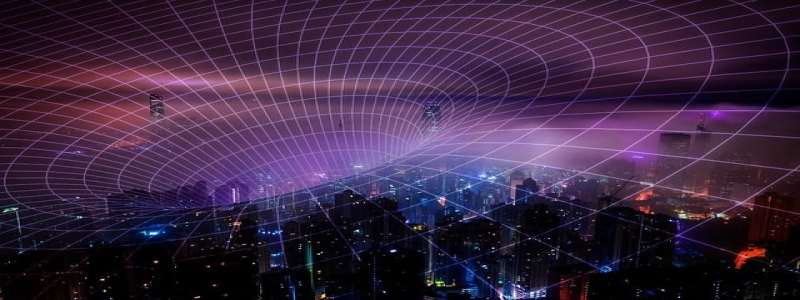How Long Can an Ethernet Cable Be?
Introduction
In the modern digital age, Ethernet cables play a vital role in connecting devices to the internet. Whether it is for home or office use, having a solid understanding of the maximum length an Ethernet cable can be is crucial. In this article, we will delve into the details of Ethernet cables and explore just how long these cables can stretch.
Ethernet Cables and their Importance
Ethernet cables, also known as network cables or LAN cables, are used to establish a wired connection between devices such as computers, routers, switches, and modems. They enable the transfer of data and allow devices to communicate with one another within a Local Area Network (LAN). Ethernet cables are essential for reliable and fast internet connectivity, especially in situations where wireless connections are unreliable or undesirable.
Categories of Ethernet Cables
Ethernet cables come in different categories, each with its own maximum length specifications. The most common categories are Cat5, Cat5e, Cat6, and Cat6a. These categories represent the evolution of Ethernet cables, with each subsequent category offering more advanced features and capabilities.
Maximum Length for Ethernet Cables
The maximum length an Ethernet cable can be depends on various factors, including the category of the cable, the transmission speed, and the desired level of performance. Here is a breakdown of the maximum lengths for each category:
1. Cat5/Cat5e: The maximum length for Cat5 and Cat5e cables is 100 meters or 328 feet. These cables were widely used in the early 2000s and support data transfer speeds of up to 1000 Mbps (1 Gigabit per second).
2. Cat6: Cat6 cables have a maximum length of 55 meters or 180 feet. These cables were introduced to handle higher data transfer speeds of up to 10 Gbps (Gigabit per second). Although they have a shorter maximum length, they offer better performance in terms of reduced crosstalk and interference compared to Cat5e cables.
3. Cat6a: Cat6a cables can reach a maximum length of 100 meters or 328 feet, similar to Cat5 and Cat5e. However, they can support higher data transfer speeds of up to 10 Gbps or even 40 Gbps in some cases. Cat6a cables are designed to provide superior performance and are typically used in professional network installations.
Factors Affecting Ethernet Cable Length
While the maximum lengths mentioned above are standard guidelines, it is important to consider certain factors that can influence the maximum effective length of an Ethernet cable:
1. Signal Degradation: As an Ethernet cable gets longer, the quality of the signal tends to degrade. This can result in reduced data transfer speeds and potential loss of connectivity.
2. Cable Quality: The quality of a cable, including its construction and materials, can impact its ability to maintain signal integrity over long distances. High-quality cables made with better conductors and shielding can mitigate signal degradation.
3. Interference: Environmental factors like electrical noise, electromagnetic interference, and physical obstacles can affect the quality of the signal transmitted through an Ethernet cable. The longer the cable, the more susceptible it becomes to these types of interference.
Conclusion
In summary, the length of an Ethernet cable can vary depending on its category, ranging from 100 meters for Cat5/Cat5e to 55 meters for Cat6. Factors such as signal degradation, cable quality, and interference must be taken into account when determining the maximum effective length. It is recommended to use the highest category cable suitable for your needs to ensure optimal performance and reliability.








